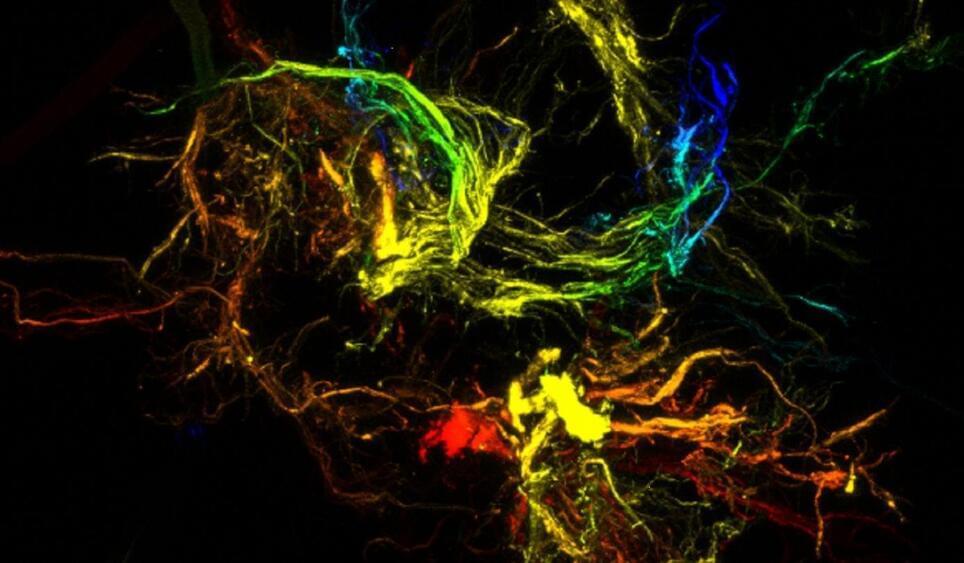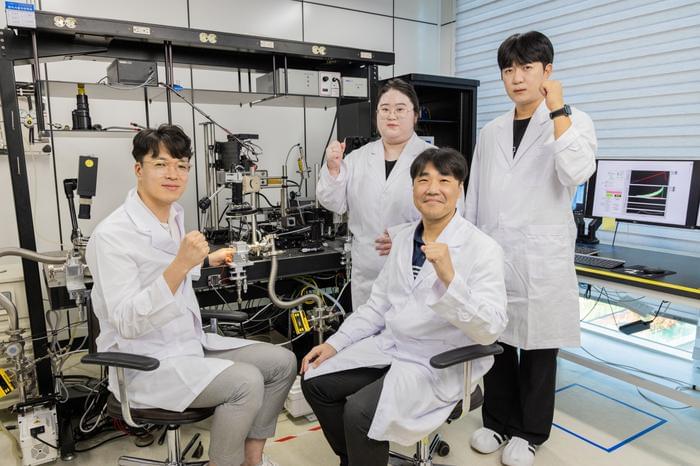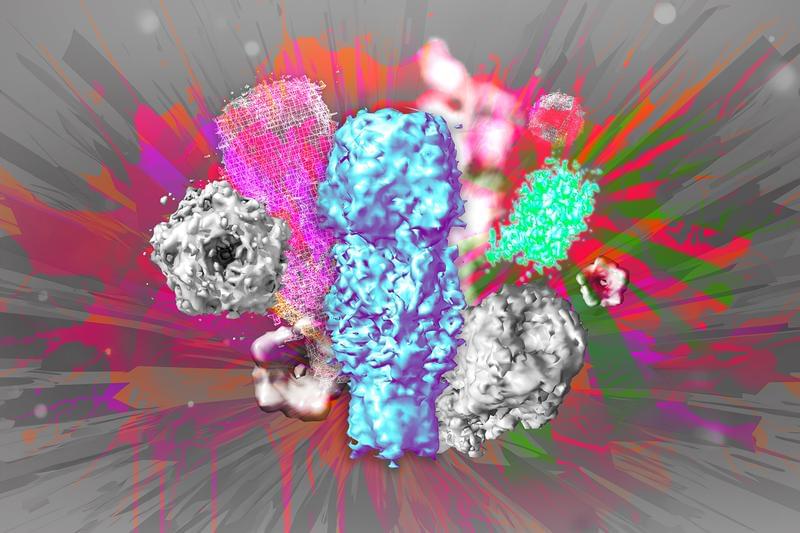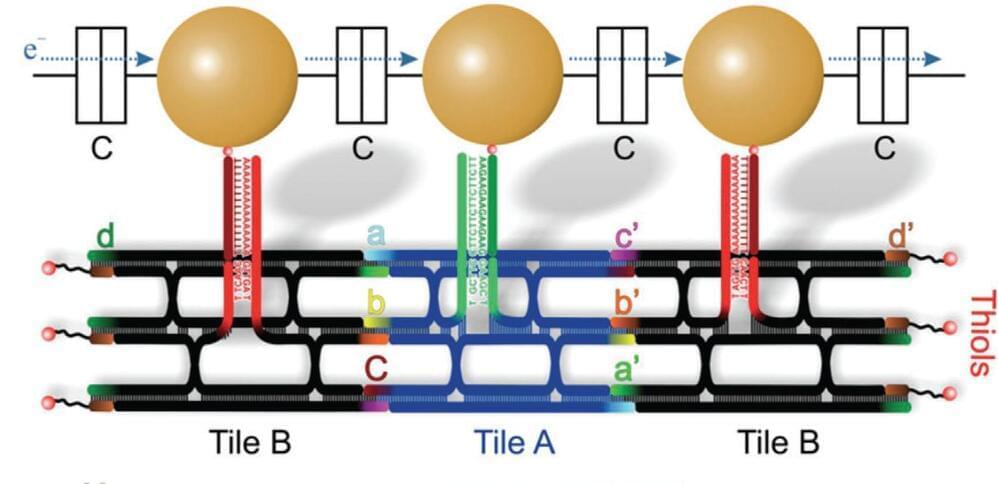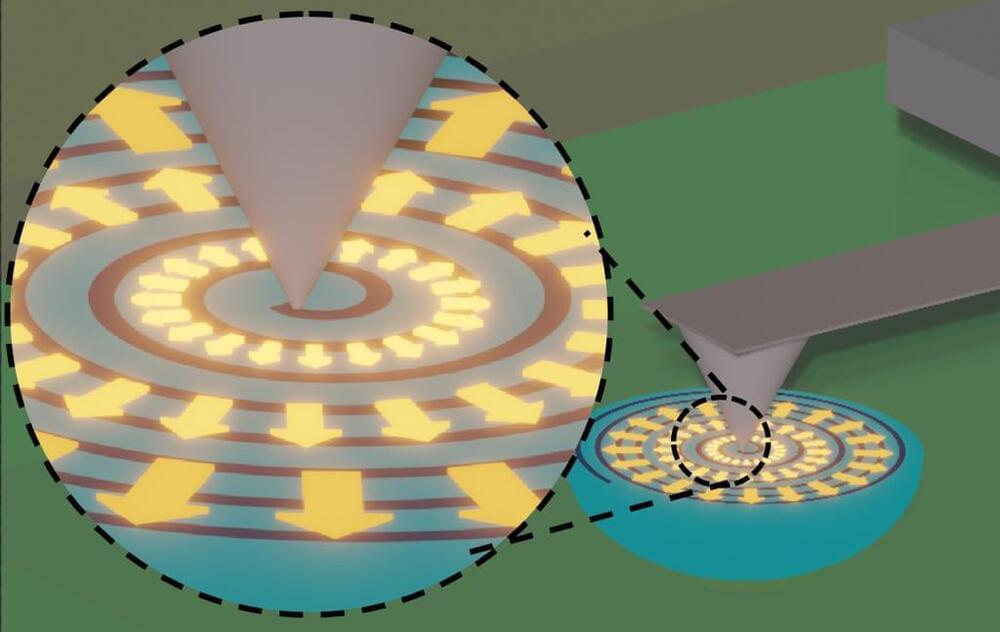Oct 12, 2024
Atomic Control Unleashes New Era in Single-Molecule Optoelectronics
Posted by Dan Breeden in categories: innovation, nanotechnology
Researchers at the Fritz Haber Institute have advanced nanoscale optoelectronics by developing a method to control single-molecule photoswitching with atomic precision.
This method utilizes localized surface plasmons on semiconductor platforms to precisely adjust molecular configurations, enhancing device efficiency and adaptability. This innovation promises significant improvements in the miniaturization and functionality of future electronic and photonic devices, potentially impacting a wide range of applications including sensors and photovoltaic cells.
Groundbreaking Discovery in Nanoscale Optoelectronics.

